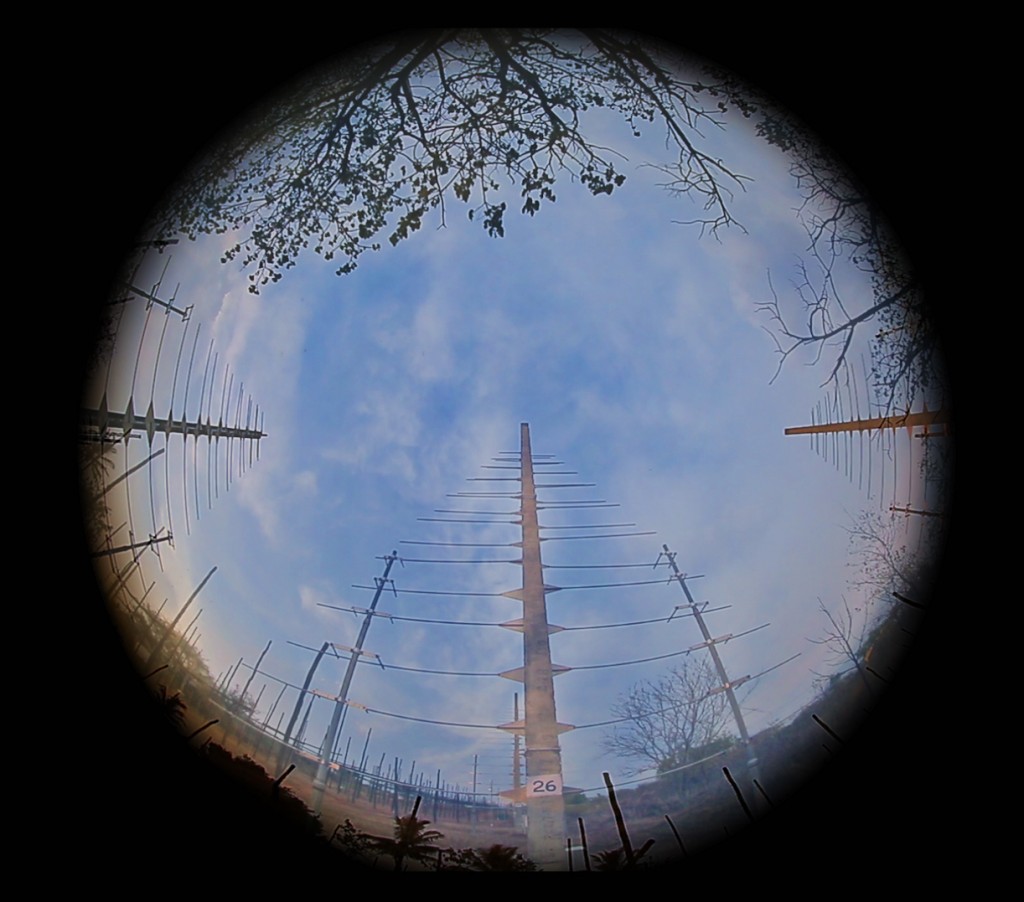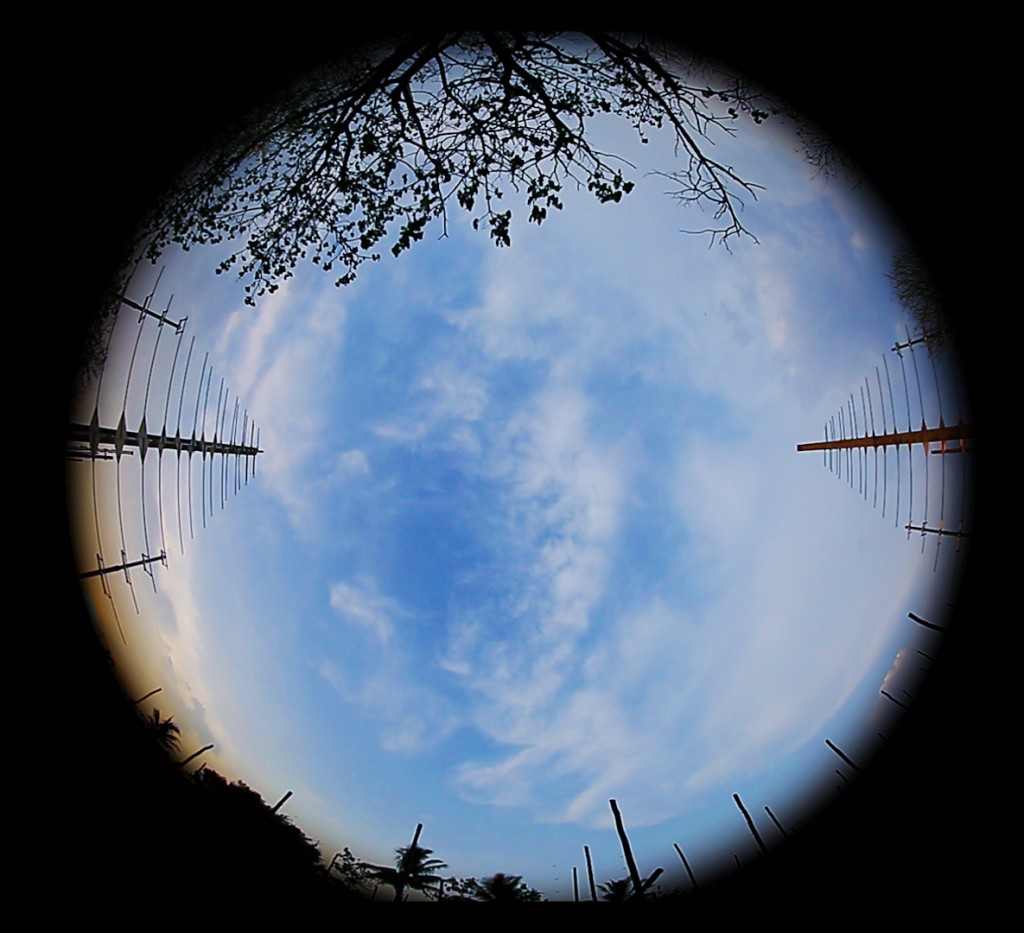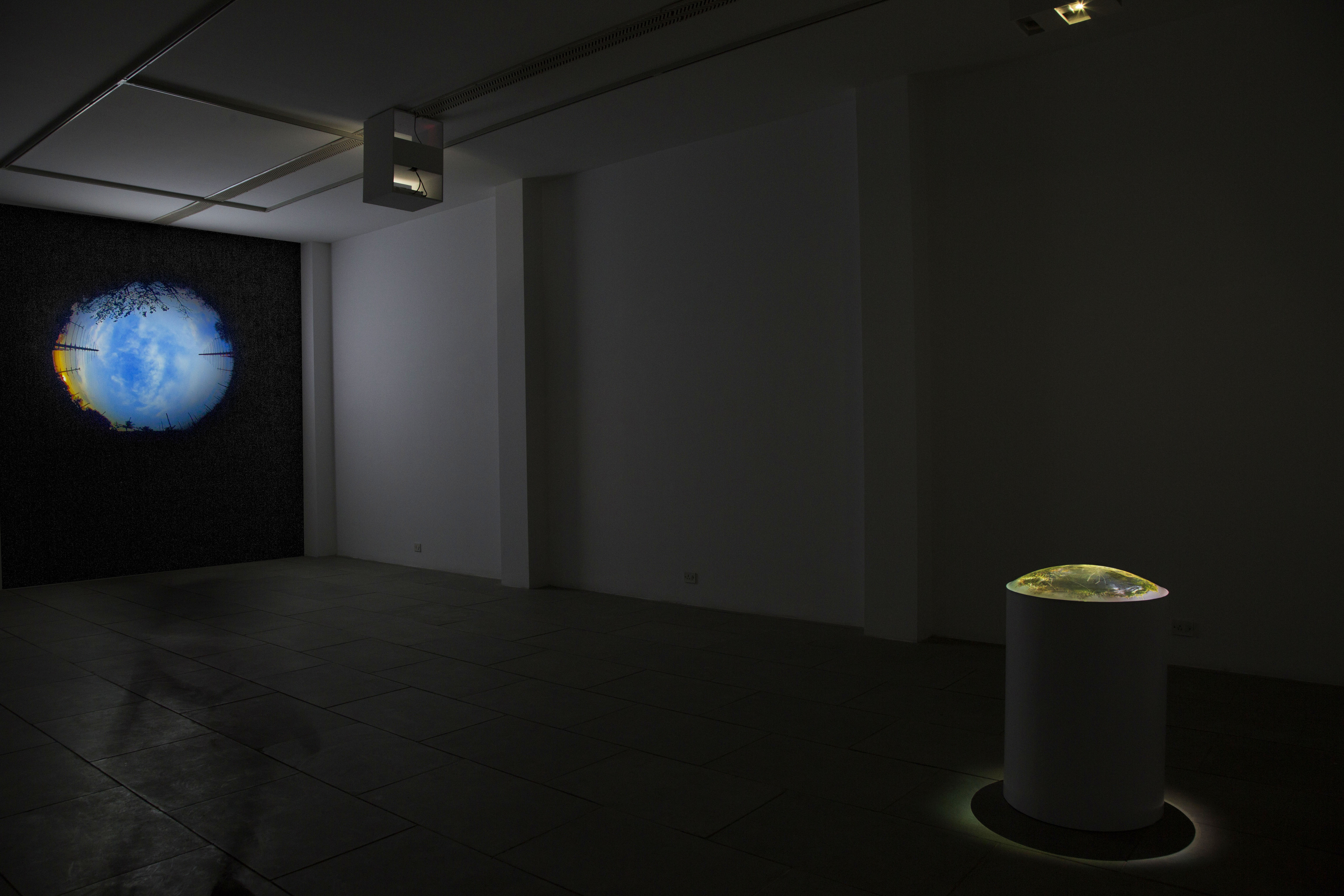Atmospheres
| single channel video | 6 minutes 56 seconds| 2015
The sky is ambiguous. It represents a blank canvas and surface on which individual desires, thoughts and feelings can be mapped and projected. Both cosmology and fiction share a quest for pattern and meaning. In both cases we could also say that it is the viewer/reader who as an active agent completes its meaning through interpretation.
Atmospheres offers an alternate perspective on the iconic photograph of the ‘blue planet’ as seen from space which, at the end of the 1960s, replaced the mushroom cloud, as the global icon of the post-war period and the Cold War. The view of Earth from outer space was an event of historical importance. It transformed our consciousness and made us think about the earth’s ecosystem as a single planetary unit. Our present as well, as shown by the climate debate and the concept of the Anthropocene, is shaped by the notion of ‘one planet.’
In the work, we see the Earth from our perspective on the ground. The sky becomes a mirror. With the camera lens pointed at the zenith we see shifting frames of sky and cloud, criss-crossed by thin black lines, the beautiful and strange decametre wave radio telescope at the Gauribidanur Observatory near Bangalore in India.
- Atmpspheres | still frame | 2015
- Atmpspheres | still frame | 2015
With special thanks to Gauribidanur Radio Observatory operated jointly by Raman Research Institute and the Indian Institute of Astrophysics. The observatory has been in operation since 1976.


